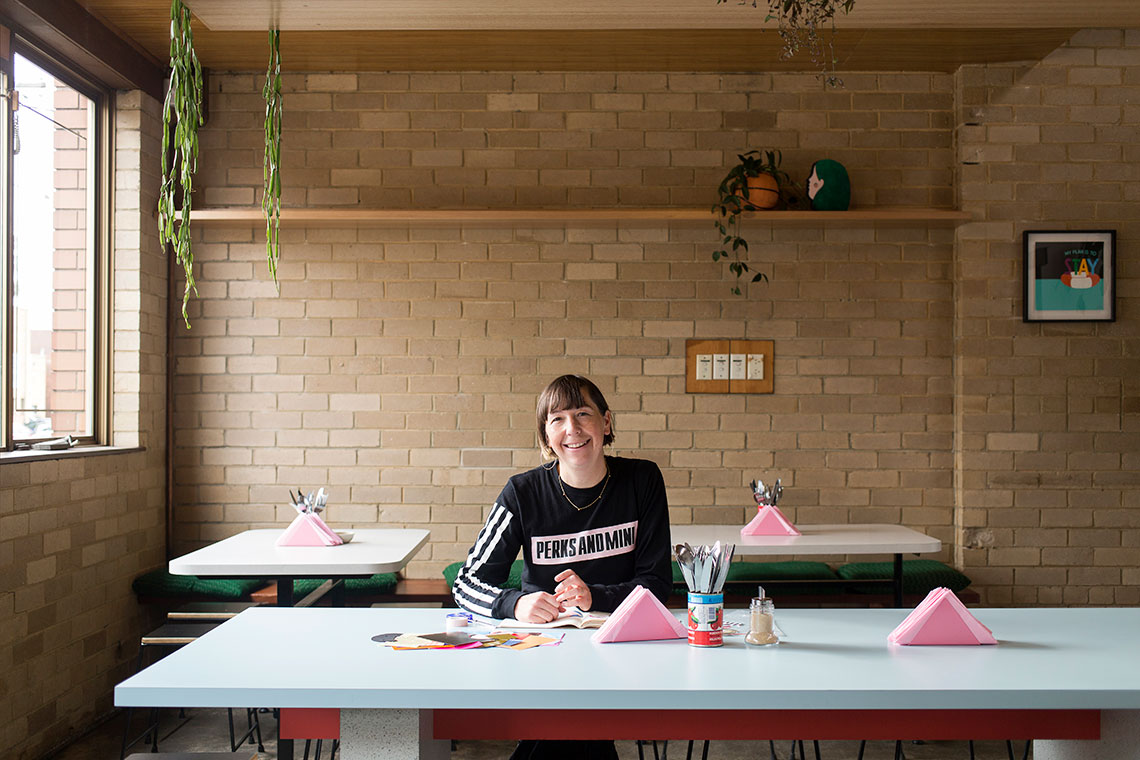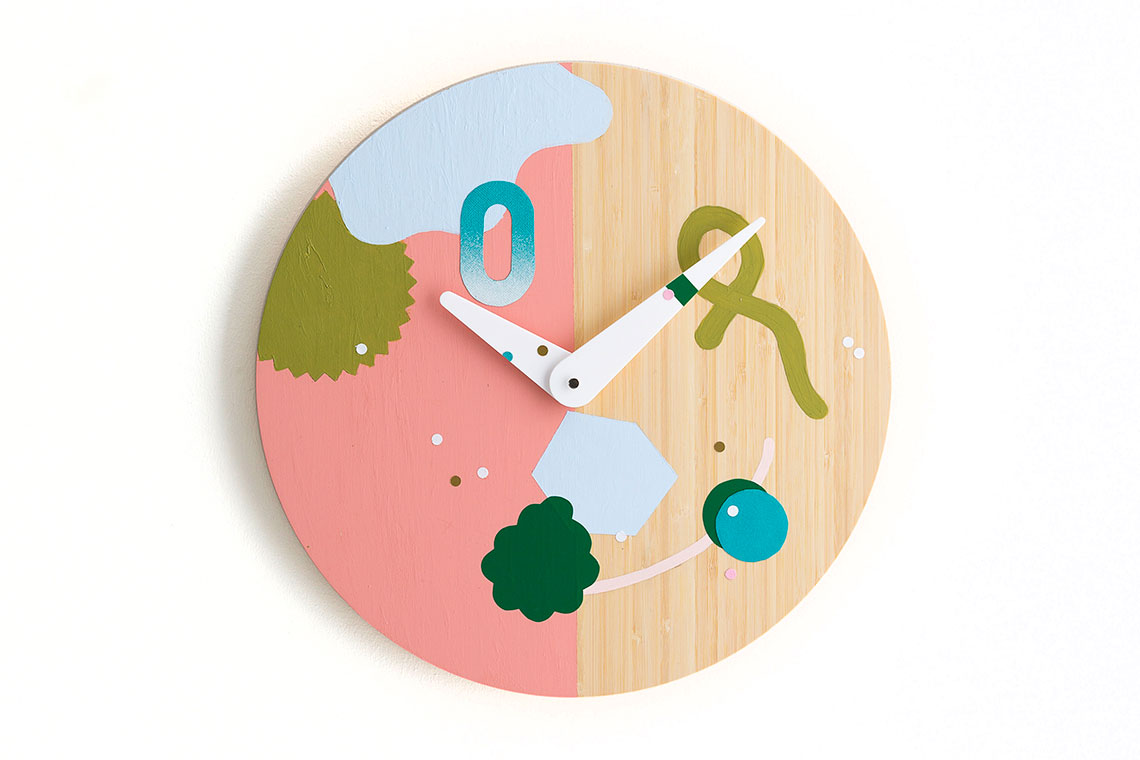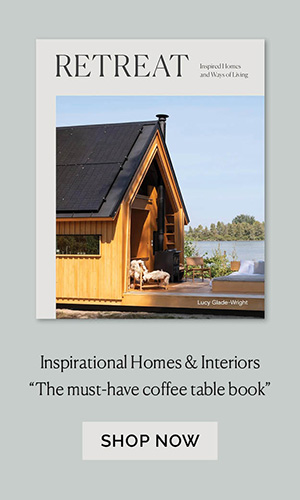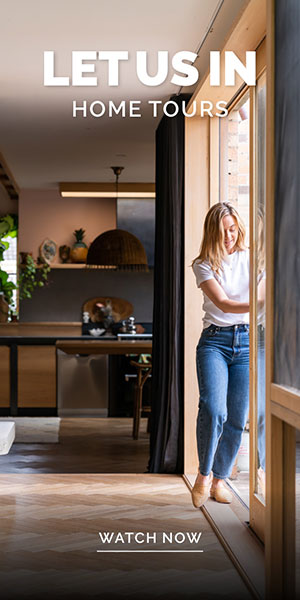Beci Orpin is a powerhouse in the throws of an illustrious career. An illustrator, designer, artist, author and entrepreneur. Beci has taken everything that life has thrown at her and handed it back in a perfectly crafted package. Before this collaboration I was very familiar with Beci Orpin ‘the creative’ but had never met Beci Orpin ‘the person’. When we did finally meet I realised why she is so popular. She has a kindness to her that immediately puts you at ease, upon listening to her stories you are reminded of her standing in and around the creative clique of Melbourne and I left our meeting feeling very privileged indeed.
Beci’s world is filled with colour and energy. She is quiet and considered in nature, but you know there is a chaotic mess of ideas bubbling just underneath the surface. Beci’s clock is made from a collage of paper, paint and pen and reflects her love for the exploration phase in the creative process. It’s shapes and colour create the perfect balance and with the collage extending to the clock hands, the artwork continually shifts with the time.
Beci’s clock is available via online auction. To bid, click here.
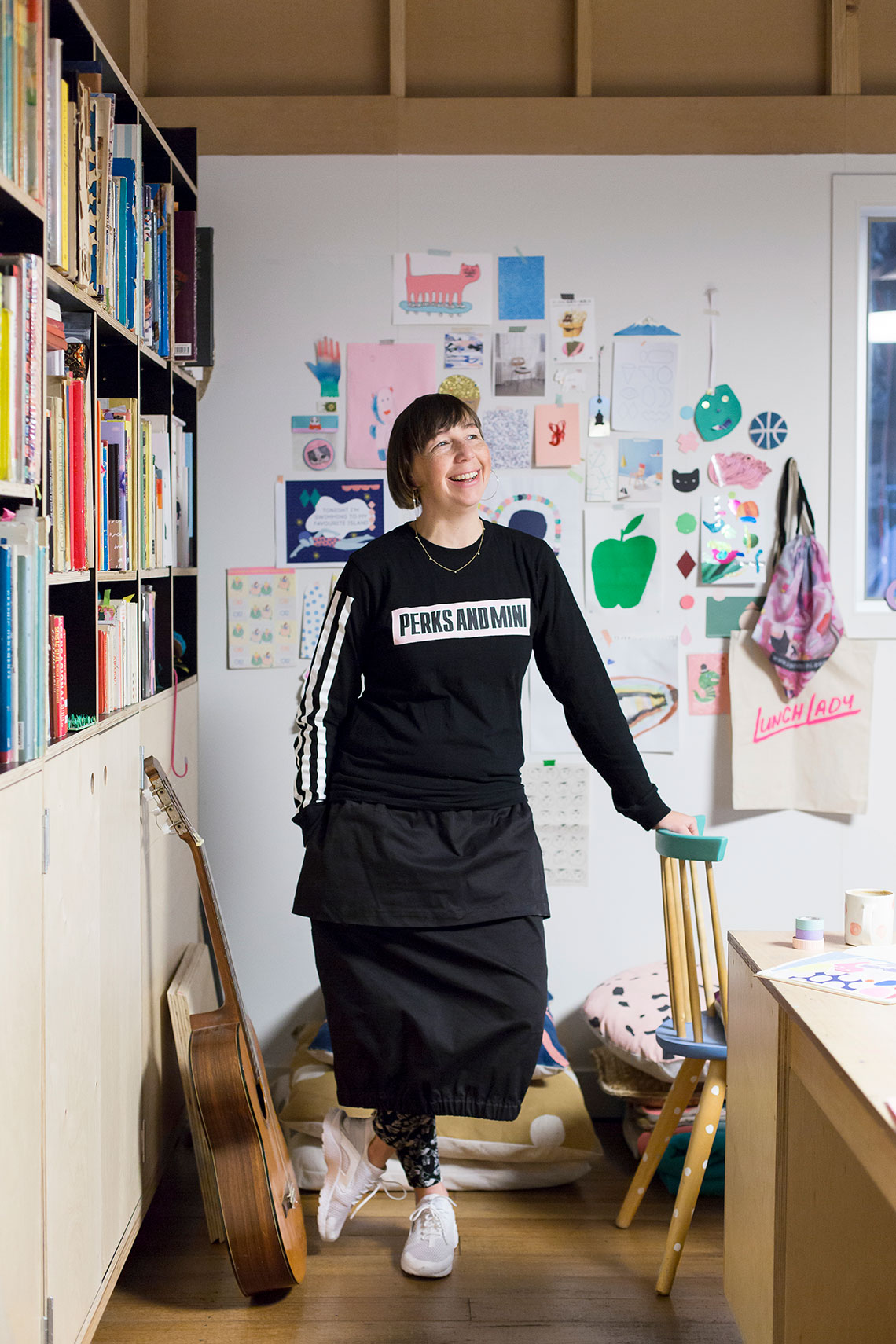
Can you describe the feeling that you get when you are creating?
When I’m creating, the feeling is … It’s going to sound really lame but freedom. It’s the endless possibilities. Yeah, it’s like if you can make anything I guess. Yeah it feels like freedom. That’s what it feels like.
When did you realise you were creative?
There was never a moment where I felt like, this is it. I’m creative. My parents were very encouraging with my creativity, so it was just something that I always wanted to do. It was really instinctual.
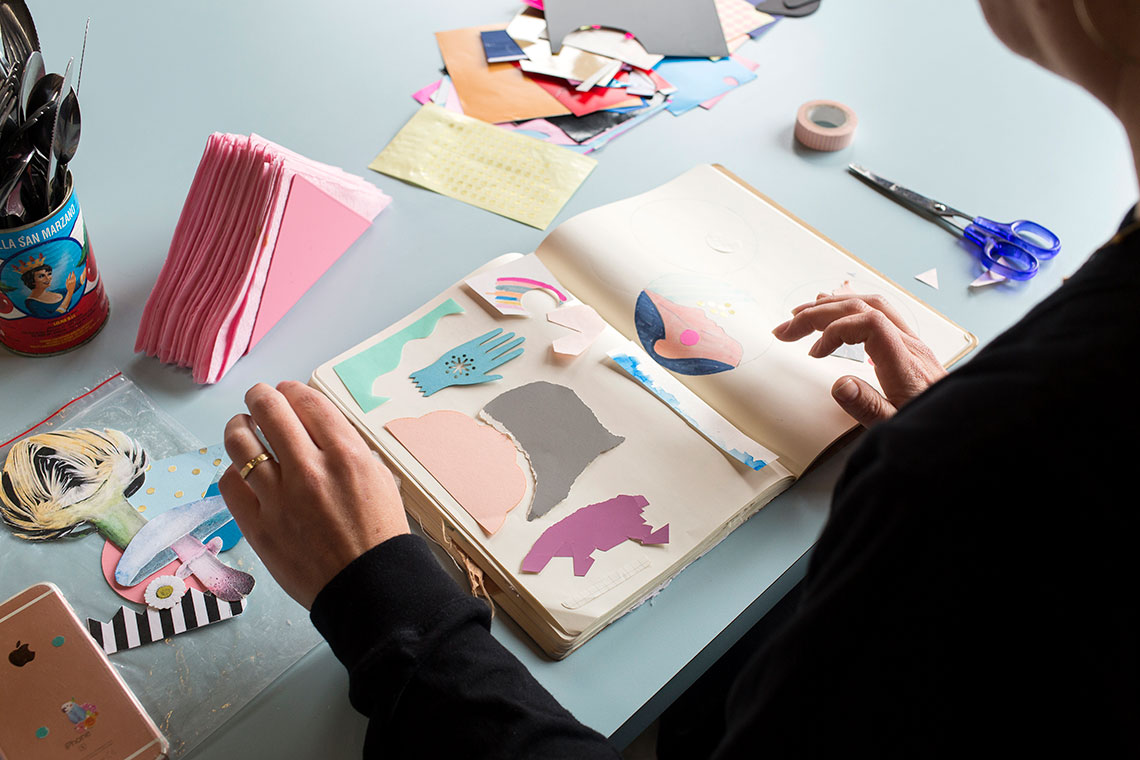
Where do you draw inspiration from?
People always ask me about inspiration and where I get it from. I find it a really interesting question because I can tell you what inspires me but that is not going to help you because what inspires me is going to end up being completely different to what inspires you. I’ll take something completely different out of it. It’s something that I’ve trained myself to do.
I think inspiration definitely comes from experiences. It doesn’t come from looking at a computer screen. I think you have to get out there. You have to look at exhibitions. You have to do a whole lot of things like that. I think you have to be actively pursuing it as well. Essentially, my first lot of inspiration came from the books that I was given to read as a child, a lot of children’s books and 70s children’s books definitely inspire me. That kind of graphic, bold illustration style is definitely my first set of inspiration. My family, my friends, it’s kind of endless what inspires me.
What’s your creative process?
It’s kind of the same for every project, whether it be designing a print or working on something commercial or doing a clock for you guys. Basically, I gather together all the things that I’ve found that I like at that time, and I kind of put them all together on my computer and then just start playing around. I build almost like a story board and then just start playing around. I start playing around on the computer, and then I’ll start playing around in my sketch book. Refine it down to a few ideas, and then sort of grow on those ideas, and then see what happens and then take it from there.
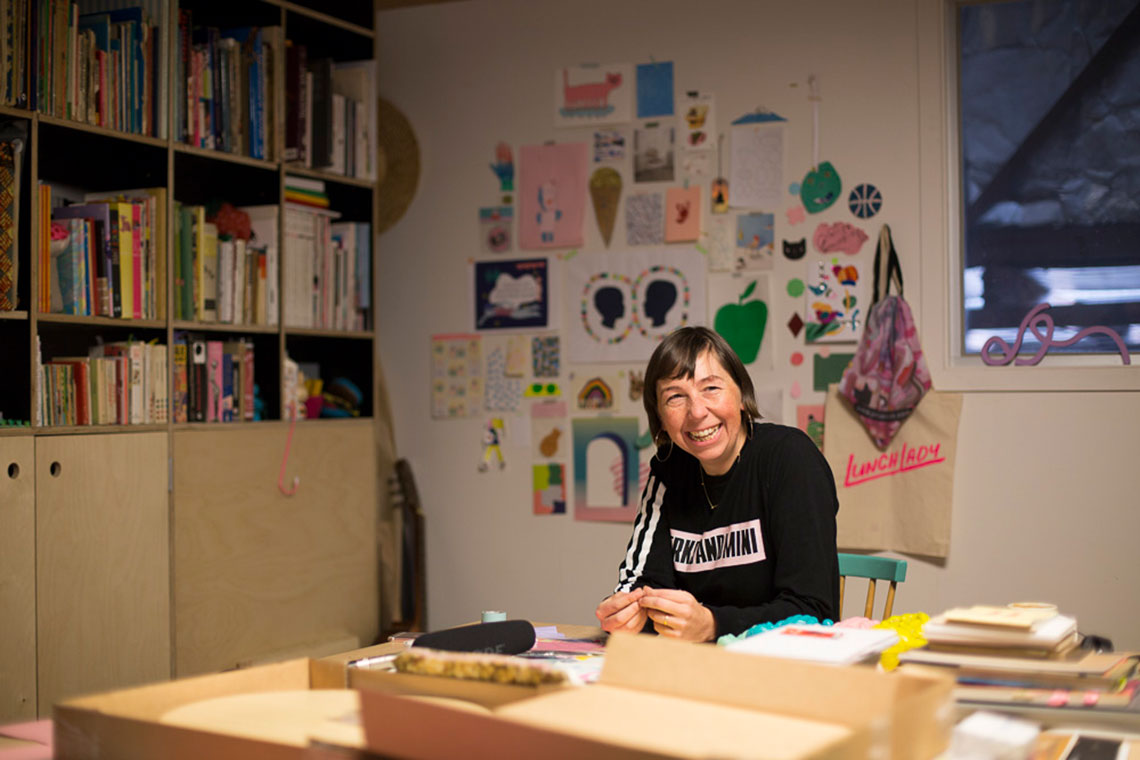
What’s the most important part of the creative process for you?
If I have a creative block, I just keep working or I work on a different project to sort of change it up a bit and see if that sort of helps get stuff flowing. I think if I’m really really blocked, then I go for a walk or just get out of the studio. I used to really beat myself up over that, but now I think it’s an okay thing to do.
How would you describe your work?
My work is definitely graphic. Colour is really important in my work. It’s feminine without being girly and it’s pattern based.
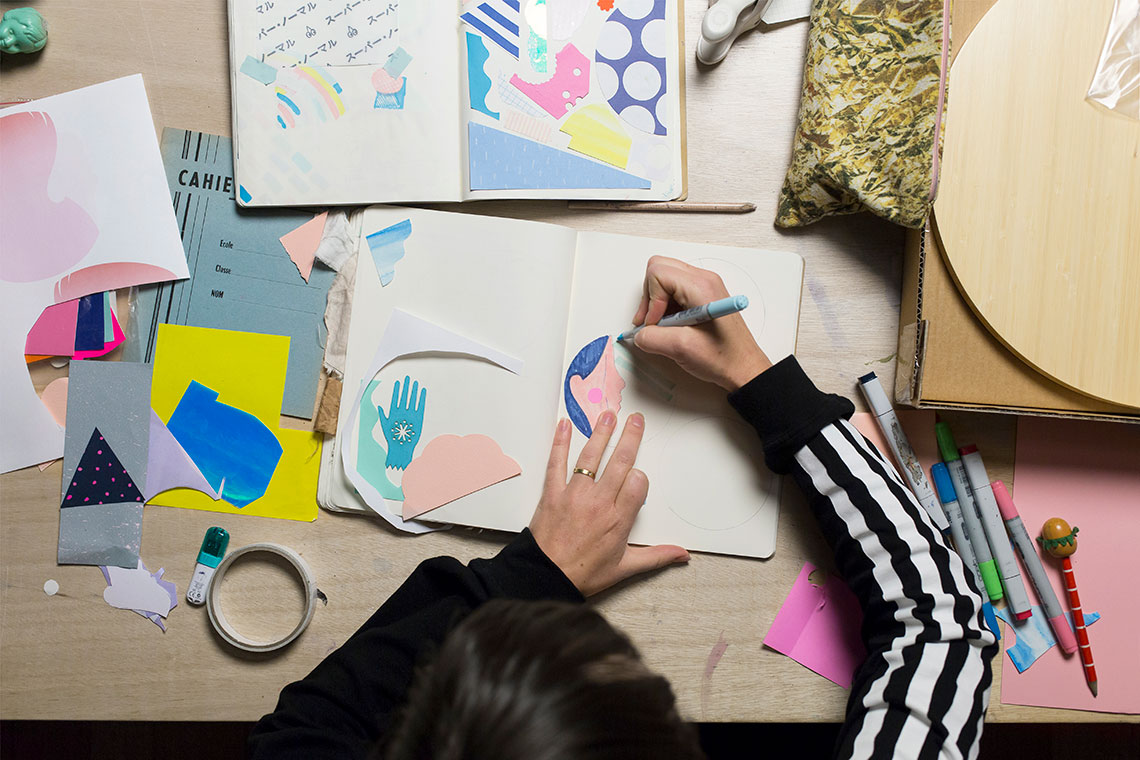
Who or what has been a major influence in your work?
Definitely my parents initially. Not in this style or anything like that but the way they taught me to think. The way that they thought creatively but also really pragmatic which I think it a really important thing. If you’re pragmatic, you can problem solve and that’s a huge part of creativity. I had a lot of great teachers. I had a really amazing teacher after high school who really led me to a path where I studied textile design, and that was really important. I’ve had lot of people who’ve been really influential. I’ve had incredible friends who’ve gone on to do amazing things and I always find that constantly inspiring.
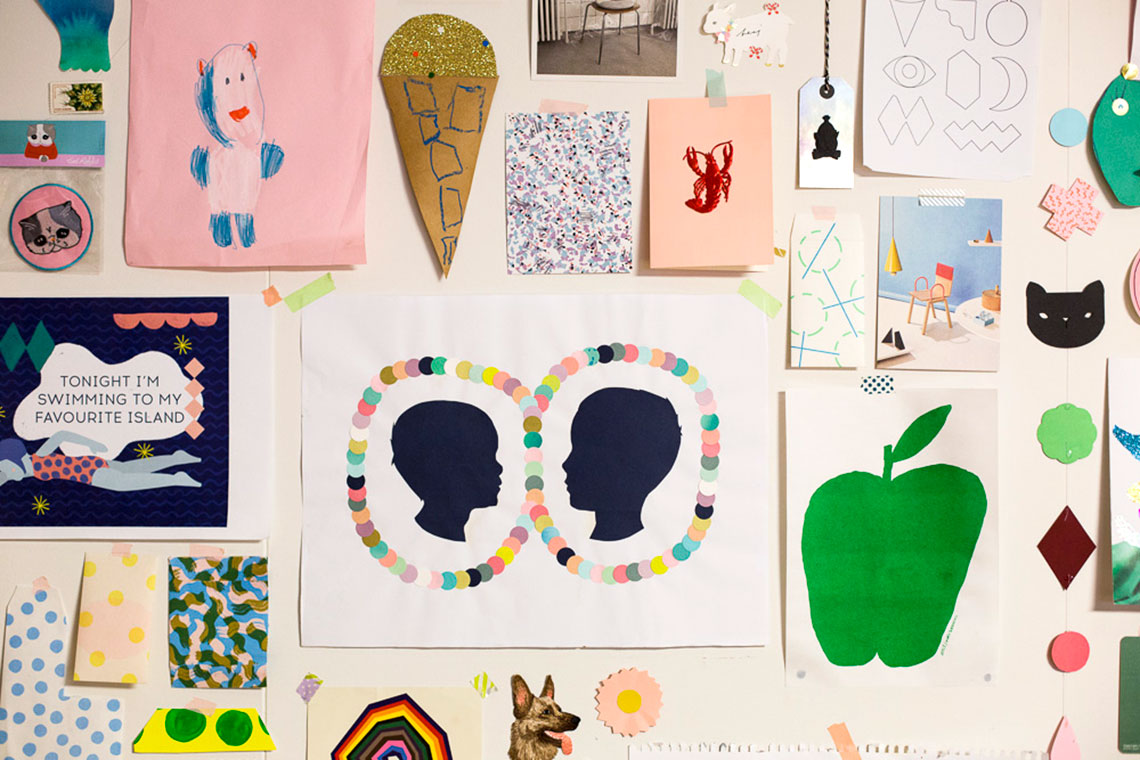
How do you know when you’ve finished a piece?
That’s really hard. I can be not very good at actually finishing things. My favourite part of the process is the behind the scenes work, so all the testing and all the playing around with ideas. That’s the really important part for me. It’s really hard to decide when something’s actually finished but essentially you do have to. I think I know something’s finished when the deadline approaches, and when the deadline’s here and you have to hand it in. That’s how it works.
Your work captures the energy of the experimental stage and I think that’s what attracts so many people to your work.
Yeah. Definitely. When I was at university, I would always get in trouble for spending too much time in my sketchbook and on my backup work rather than the finished product. There’s certain elements of my work where I’m not a perfectionist, and the best part of it comes from the experimentation. Definitely part of making DIY books is showing that you can make something, that it is achievable and it doesn’t have to be perfect but you’ll feel great after you’ve made something.
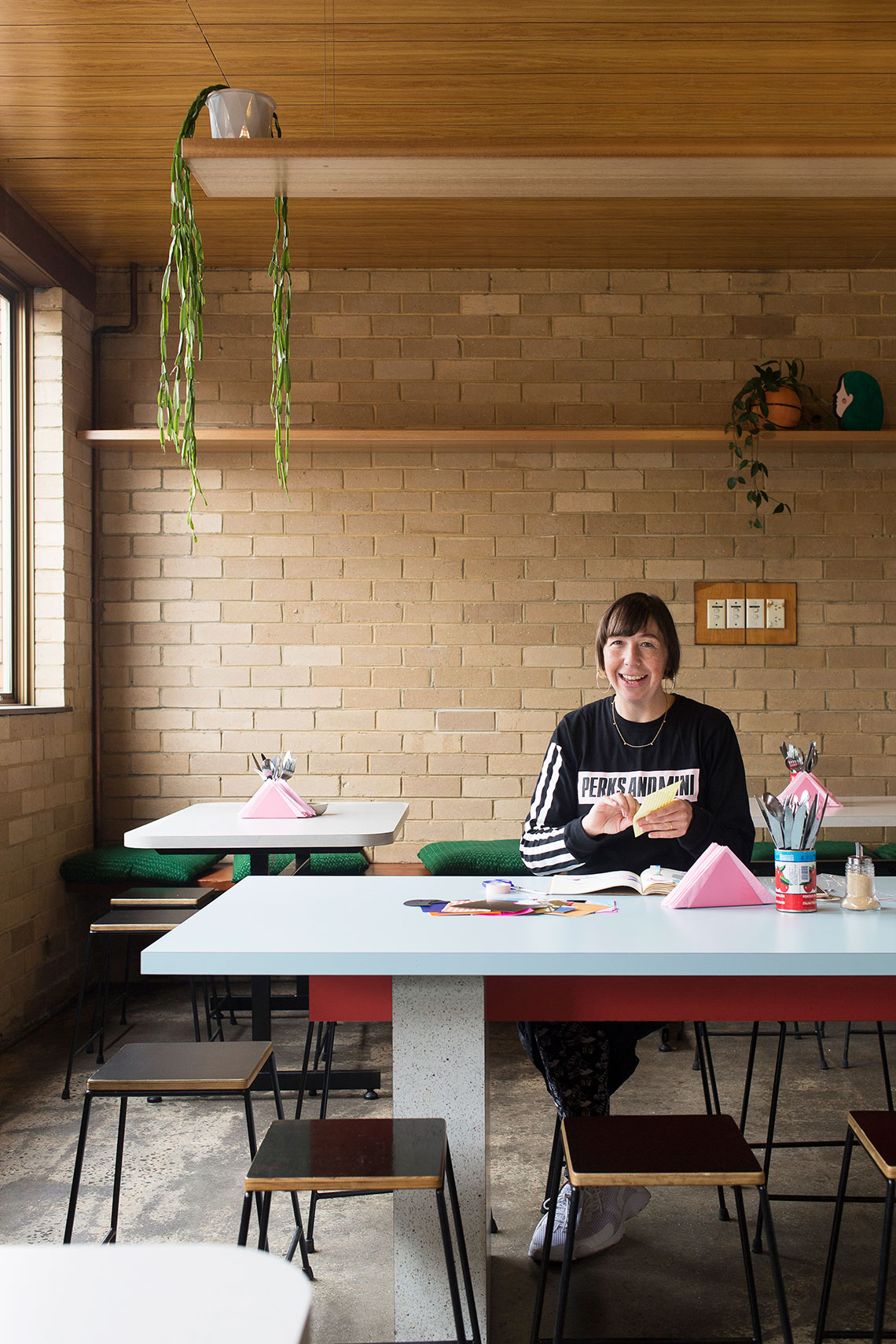
Is there something that not many people know about you?
I can’t drive but lots of people know that about me… I’m scared of snails.
When it was time to like take a driver’s test you just thought no…
I grew up not in a city but not far from the city and I had friends or boyfriends who always drove and I just never did it. By the time I decided to learn, I think I was about 38. Then I just felt like my brain was too full of other stuff to fit the skills of driving in.
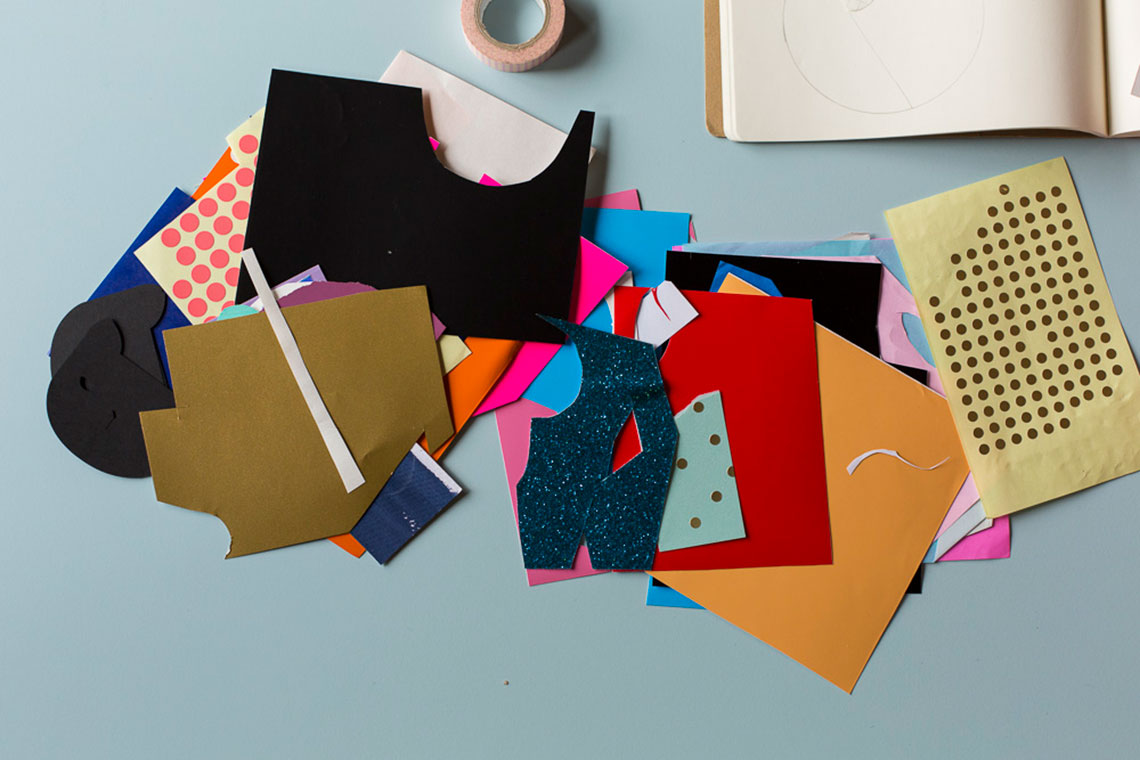
Why did you say yes to this collaboration?
I’ve worked on quite a few collaborations and you always end up with an idea that you would have never come up with if you’d just done it by yourself. I’ve never painted a clock before, so why wouldn’t I want to paint a clock. It’s just this sort of exchange of ideas or opportunities that present to you that you wouldn’t be able to create by yourself.
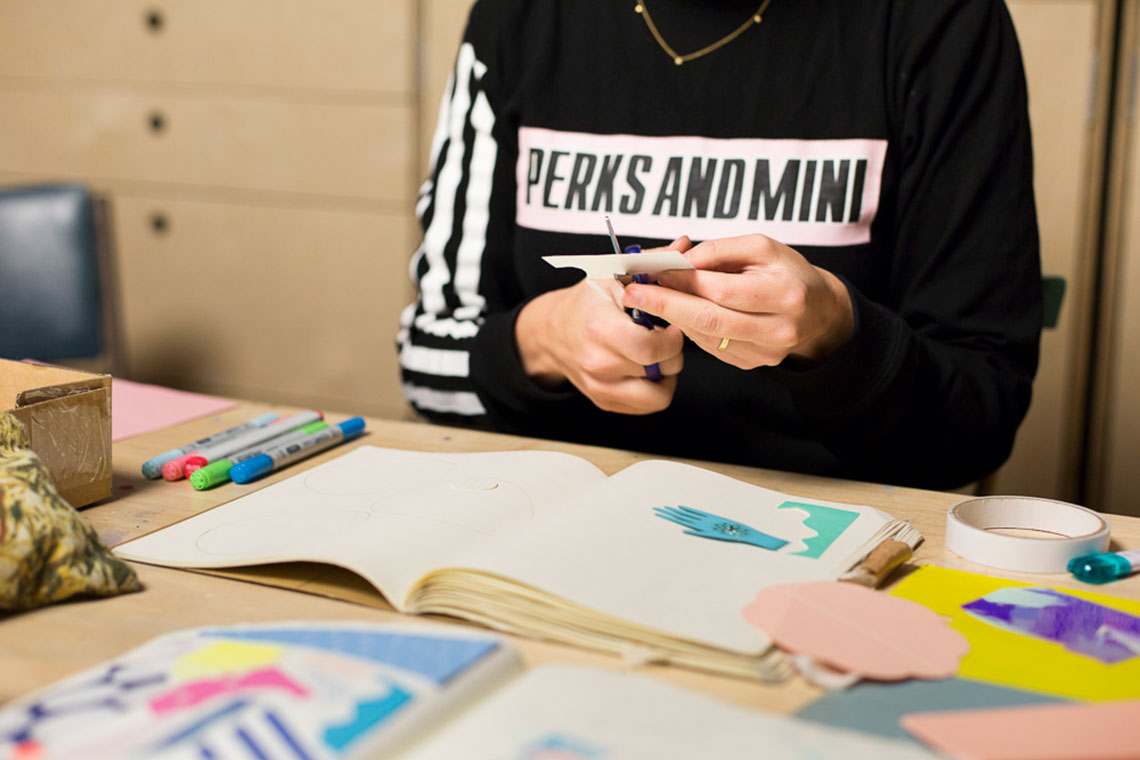
What will be the inspiration behind this clock?
I’m not sure yet. I’ve got a few ideas in my head for this clock, but I’ll have to sort of play out and see what happens. I’m definitely into stripes at the moment.
What type of person do you think will be drawn to your clock?
Someone that likes colour and shapes.
Where do you think this clock will end up?
Maybe a kitchen, I keep seeing this clock in a kitchen.
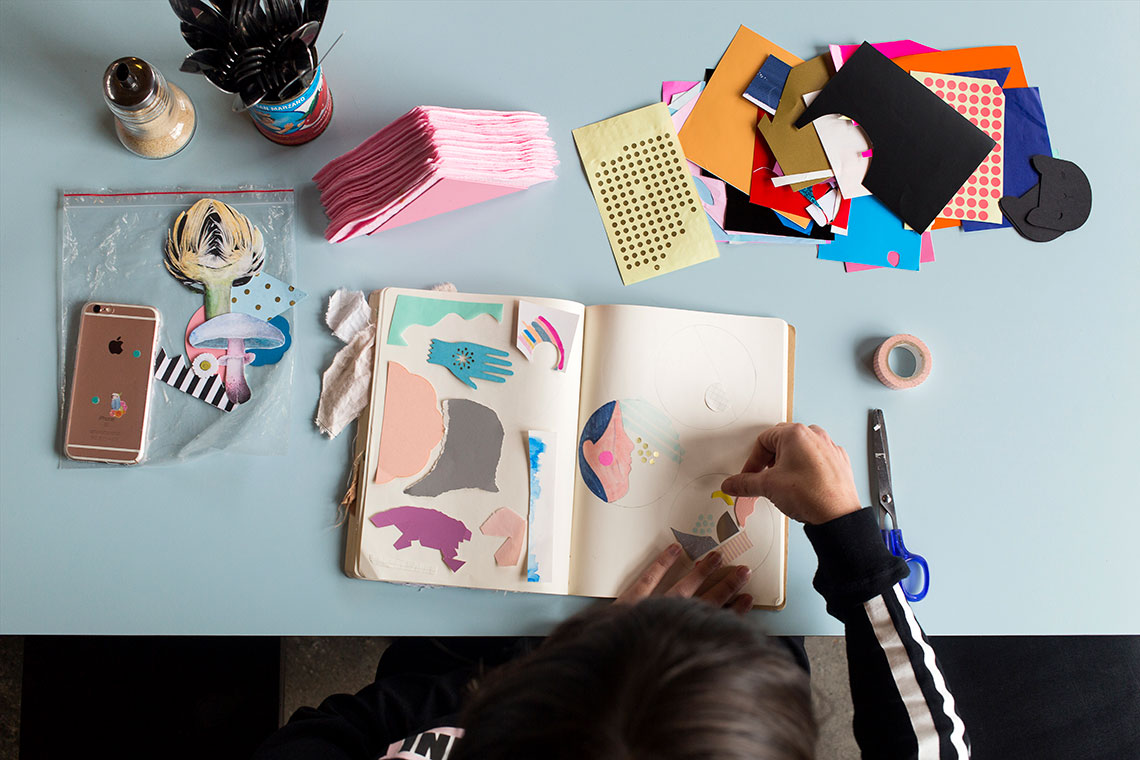
What is your favourite medium?
I really like paper. It’s so easy. It’s transportable. You can use it anywhere, and I like the flatness. I really like flat but the reason I have worked in a lot of different mediums is because it’s really fun to try. I love working with wood. When I’ve done three-dimensional stuff that’s always been really fun, but paper is the easiest, fastest and most transportable.
Beci Orpin’s Clock for the Hunting Collective 2016.
Beci’s clock is made with acrylic paint, paper, spray paint and adhesive vinyl. Beci’s clock is available via online auction. To bid, click here. Beci Orpin is an illustrator, designer, artist, author and entrepreneur based in Melbourne, Victoria. Beci takes everything life throws at her and hands it back in a perfectly crafted package.
All photography by Martina Gemmola for Hunting for George



